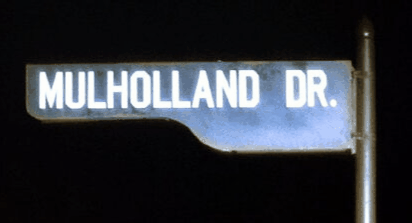“If art can be said to reflect the conditions of the world in which it is made, art that engages with the vanguard technology of an era can perhaps be said to have a particular purchase on contemporaneous visions of the arc of the future.” Chris Wiley, Beginnings + Ends (post-net art), frieze, Issue 159, Nov-Dec 2013.
We will perform Mobilitas Loci (Muller Ltd.) a multimedia audio-visual work. As neomedievalist artists based in Scotland and Québec, our collaborative work is often fabricated mid-Atlantic in a cloud-workshop using freeware. Where much post-net art tends to rework the forward-thinking modern/postmodern collectives of the 1960s and ‘70s, neomedieval artistic practice adopts ‘backward-thinking’, to identify and develop possible ‘premodern futures’ through a visceral, indulgent, lavish, liturgical and ludic materialism. Given its non-modern condition, contemporary artistic practice has as much in common with the guilds of the middle ages as it does with the avant-garde of the 20th century.
Set in a contemporary passion park, Mobilitas Loci (Muller Ltd.) entangles a number of medieval sources (from the Bestiary of Philippe de Thaon to Foxe’s Book of Martyrs) with the work of living and fictitious artists, knowledge-architects, Ponzi schemers, and philosophers (e.g. Alexandr Petrovsky, Amanda Beech, Ray Brassier, Adam Toffler, www.bobsacamano.dr). The A/V work takes the form of a bestiary entry on the dog-head Muller Ltd., a quasi-human protagonist in our theory-fiction thN Lng Folk 2 Go: Investigating Future Premoderns™ (Punctum, 2013). It is performed in a mixture of middle and modern Scots and middle American mall talk and includes cover versions of electronic voice phenomena recordings of the medieval dead and moving images of Muller Ltd.
—————————————————————-
Thursday, 26th November 2015
Andrew Grant Lecture Theatre, Evolution House, West Port, Edinburgh College of Art
Organised by the Edinburgh Environmental Humanities Network
Earlier this year the discovery of homo naledi propelled enchantment into a framework of deep time. The speculation is that early human ancestors, perhaps from as much as 4 million years ago, may have ritually buried their dead in the dark Rising Star caves. The questions of when, where and for whom the world first appeared as enchanted have abruptly shifted from the 200,000 or so years of homo sapiens into a much longer past. Elsewhere, the deep future of enchantment can be gleaned from discussions around the future of nuclear waste. Will future descendants still be enchanted by this ‘new immortal’? If so how do present humans protect them from their own curiosity when conventions of communication are so closely embedded within shallow time? Looking closely at the implications of these questions reveal cracks in the shell of human exceptionalism. After all the questions around nuclear waste are often accompanied by the caveat that these descendants we seek to protect may no longer be human. Yet enchantment is a concept tied to the core of the humanities. Stories of the loss of disenchantment remain central to definitions of modernity and the rise of secularism, and enchantment’s return, via claims of the rise of religious fundamentalism, is central to contemporary geopolitics. Within environmental literatures enchantment has been seen as a way of mobilising ethical responses on an increasingly damaged planet (e.g. Abram; Bennet) and critiqued for contributing to the forgetting of countless ‘unloved others’ (Rose & van Dooren).
Our series focus on ‘unexpected encounters with deep time’ emphasises the way that deep time is encountered in materiality of the everyday. Likewise Jane Bennet has stressed that enchantment arises, unanticipated, in the moment, in the “active engagement with objects of sensuous experience” (5).
The aim of this workshop is to explore what enchantment might become within a framework of deep time. We hope to explore questions such as:
- How might deep time and enchantment reframe or challenge each other?
- How are their ties to the everyday world to be understood?
- How might deep time trouble the humanist frame within which enchantment has primarily been situated?
- How might it disturb current understandings of the promises and perils of enchantment for environmental thought and action?
- What are the political and ethical implications, positive or negative, of ‘enchanting’ deep time?
- How might deep time queer the temporalities of enchantment (cf Burlein & Orr)?
Organisers: Michelle Bastian (michelle.bastian@ed.ac.uk) and David Farrier (David.Farrier@ed.ac.uk)


